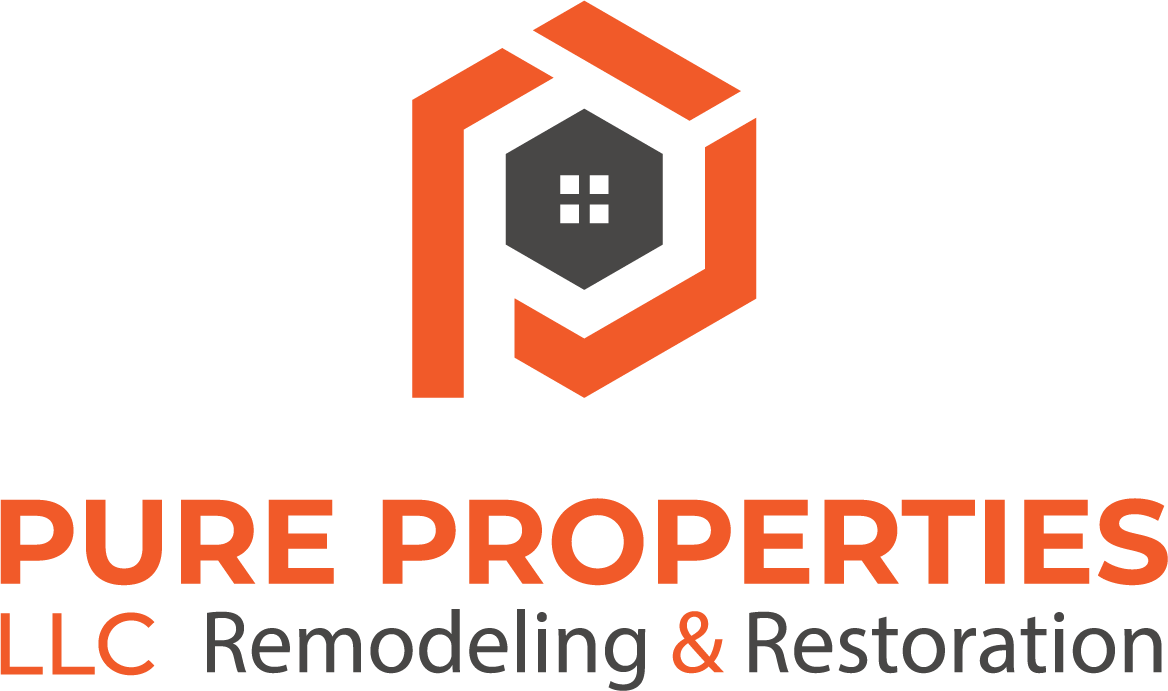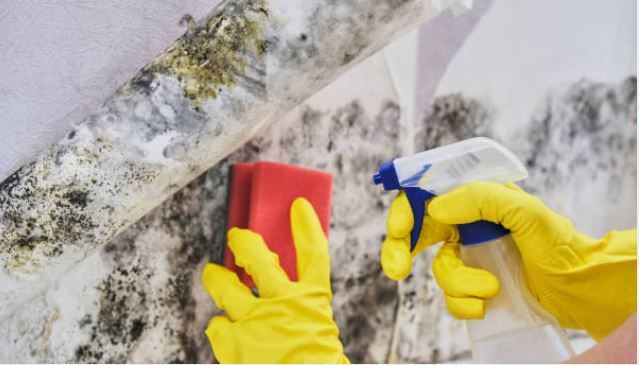Mold growth can occur in any building or structure where there is sufficient moisture and organic material for the mold to grow on. Some common causes of mold damage include:
Leaks: Water leaks, whether from plumbing, roofing, or other sources, can provide the moisture needed for mold to grow. If a leak is not repaired promptly, it can lead to extensive mold growth.
High humidity: Humidity levels above 60% can create conditions that are favorable for mold growth. Humidity can be caused by a variety of factors, such as poor ventilation, inadequate air conditioning, and leaks.
Flooding: Flooding can lead to extensive mold growth, as it introduces large amounts of water and moisture into a building or structure.
Poor ventilation: Poor ventilation can allow moisture to build up in a building or structure, leading to mold growth.
Lack of maintenance: Neglecting regular maintenance, such as cleaning and repairing leaks, can create conditions that are conducive to mold growth.
Overall, the most common cause of mold damage is the presence of moisture or water in a building or structure. To prevent mold growth, it is important to address any water leaks promptly, maintain good ventilation, and keep humidity levels in check.
Mold remediation is the process of identifying and removing mold from a building or structure. Mold can grow on a variety of surfaces and is often found in damp or humid areas, such as basements, crawl spaces, and areas with leaks or water damage. Mold can cause a variety of health problems and can also damage the structure of a building.
To remediate mold, a professional mold remediation company will typically follow a specific process:
Inspection: The first step in mold remediation is to identify the location and extent of the mold growth. This may involve visual inspection, moisture testing, and air quality testing.
Containment: Once the mold has been identified, it is important to contain the area to prevent the spread of mold spores to other parts of the building. This may involve sealing off the affected area with plastic sheeting and using negative air pressure to keep mold spores from spreading.
Removal: The next step is to remove the mold and any contaminated materials. This may involve using specialized equipment such as air scrubbers and HEPA vacuums to remove mold spores from the air, and removing and disposing of moldy materials such as drywall and insulation.
Cleaning: After the mold and contaminated materials have been removed, the area must be thoroughly cleaned to remove any remaining mold spores. This may involve using disinfectants and antimicrobial agents to kill any remaining mold.
Repair: Once the mold has been removed and the area has been cleaned, any damage caused by the mold growth must be repaired. This may involve replacing damaged materials, such as drywall or insulation, and repairing any structural damage.
Overall, mold remediation is an important process to address mold growth in a building and to protect the health and safety of the occupants. It is typically best to hire a professional mold remediation company to handle the process, as they have the knowledge and equipment to safely and effectively remove the mold.

